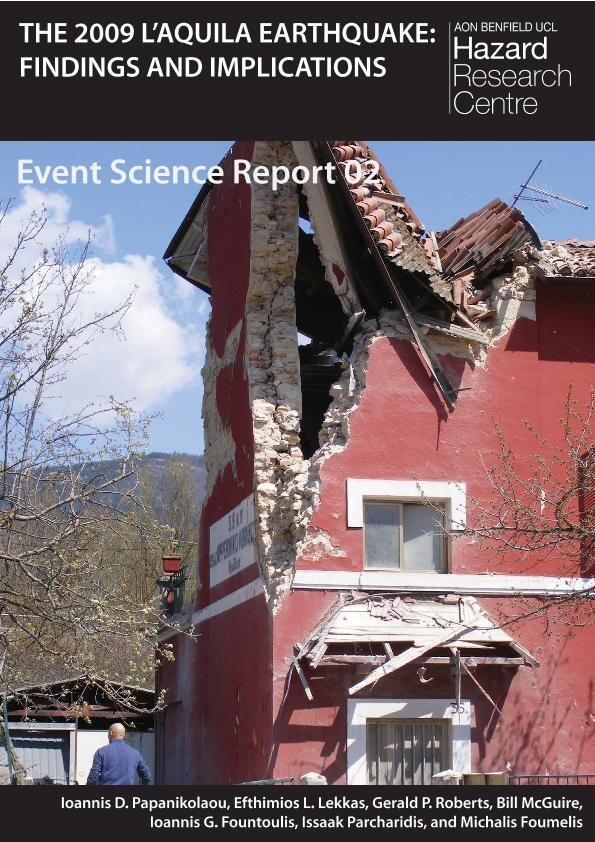The 2009 L'Aquila Earthquake : findings and implications

Contenido multimedia no disponible por derechos de autor o por acceso restringido. Contacte con la institución para más información.
| Tag | 1 | 2 | Value |
|---|---|---|---|
| LDR | 00000cam a22000004b 4500 | ||
| 001 | MAP20100034354 | ||
| 003 | MAP | ||
| 005 | 20100507105530.0 | ||
| 008 | 100507s2010 gbr|||| ||| ||eng d | ||
| 040 | $aMAP$bspa$dMAP | ||
| 084 | $a841.1 | ||
| 245 | 1 | 4 | $aThe 2009 L'Aquila Earthquake$b : findings and implications$cIoannis D. Papanikolaou... [et al.] |
| 260 | $aLondon$bAON Benfield UCL Hazard Research Centre, Department of Earth Sciences Birkbeck College and University College London$c2010 | ||
| 490 | 0 | $aEvent science report$v02 | |
| 520 | $aThe 6th of April 2009 Mw=6.3 earthquake in L Aquila, central Italy, provides a broad range of useful outcomes and points for consideration in relation to all disciplines involved in seismic hazard assessment, planning and recovery. The event provides an important case-study, most notably because moderate magnitude earthquakes in areas of high population density, such as this, present a high risk in extensional settings (including Europe at large), where their occurrence is relatively common. The LAquila event resulted in the highest earthquake death toll in the EU since the 1980 Irpinia (Italy) quake and the highest economic loss due to seismic activity since the 1999 Athens earthquake | ||
| 650 | 1 | $0MAPA20080591168$aGeodinámica interna | |
| 650 | 1 | $0MAPA20080556792$aTerremotos | |
| 650 | 1 | $0MAPA20080621605$aInvestigación de siniestros | |
| 650 | 1 | $0MAPA20080570514$aRiesgo sísmico | |
| 651 | 1 | $0MAPA20100032619$aL'Aquila | |
| 651 | 1 | $0MAPA20080637767$aItalia | |
| 700 | 1 | $0MAPA20100032596$aPapanikolaou, Ioannis D. | |
| 710 | 2 | $0MAPA20090035256$aAon Benfield UCL Hazard Research Centre | |
| 830 | 0 | $0MAPA20100032589$aEvent science report$v02 |

